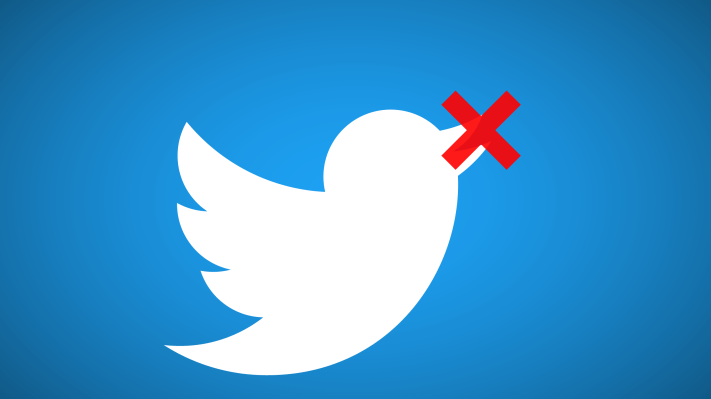Twitter earlier this month announced a series of changes aimed at silencing abuse on its network, but a recent change to its service – which was quickly reversed following user feedback – indicates the company still doesn’t have a good handle on how to handle online harassment. Via a tweet posted yesterday by the Twitter Safety account, the company announced it would no longer notify users when they were added to a Twitter list.
The tweet said “we want you to get notifications that matter” – an implication that being added to a user’s Twitter list was inconsequential information.
While it’s true that lists are an underutilized feature on the service, generally adopted by power users, they can be useful to organize various accounts you want to track without cluttering your timeline with their tweets.
In some cases, a list addition is meant as a compliment. It’s a nice ego boost to see your name added to a list of someone’s favorites or their list of experts in a given industry.
But being added to lists can also be a form of harassment in and of itself.
That is, if you tweet something the abuser didn’t like, you might find yourself added to a list with an offensive title, like “f***ing morons,” for instance. (Yes, that’s a real example.) Because lists can also be shared, they can be used by a group who wants to barrage those on the list with regular abuse.
As the security-focused Twitter user @SwiftOnSecurity deftly explained, the change was “blinding the vulnerable.”
A better path would not be removing the notifications, but change the blocking mechanism so that users could remove themselves from the lists of those accounts they’ve blocked, they suggested.
Twitter, to its credit, almost immediately rolled back the change upon hearing the online feedback from this account and numerous other Twitter users, including senior engineer at Slack, Erica Joy, a well-known advocate for diversity and inclusion in the tech industry.
Twitter VP of Engineering Ed Ho tweeted that the change was “a misstep,” and was being reversed.
But the fact that Twitter greenlighted the change in the first place is concerning, especially considering that the company has yet to figure out how to clamp down on the abuse on its network.
Earlier this month, Twitter said it was launching a number of features to make its service safer. But many of the changes were focused on hiding abusive content, not removing it entirely. That is, Twitter said it would do things like collapse abusive or low-quality tweets as well as introduce a safer search feature where sensitive content is hidden.
Twitter also said it would make it more difficult for accounts that are permanently banned to return.
As of yet, this latter agenda item has not resulted in the removal of the numerous hate speech-filled accounts on Twitter. But the company is considering a number of things to keep abusers from returning, like checking IP addresses, accounts with similar handles or emails, those that start @ replying the same people and using the same hashtags, for instance, according to Mashable sources.
In reality, many of the changes Twitter enacts may be too late.
The company should have established the tone for its online community years ago through a series of enforced, consistent policies that prohibited the type of content that damages a social network (and even prevents its acquisition). Trying to address the problem now is the equivalent to shoving the toothpaste back into the tube. Technically, it can be done – but it’s going to be difficult and a huge mess, too.
